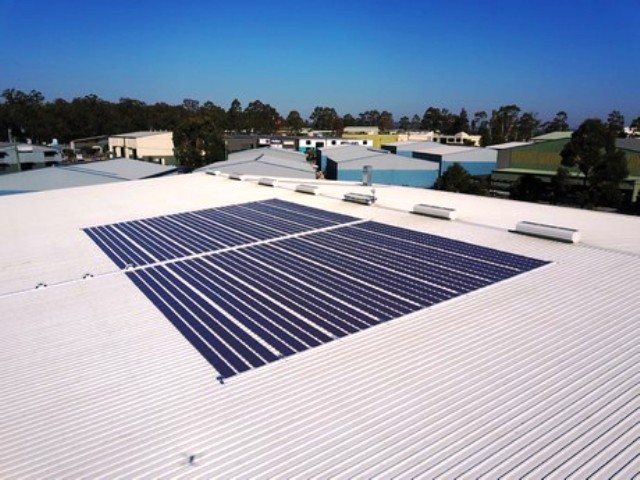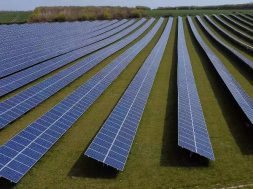
Printers with ‘magical’ ink to print Solar Panel sheets
Solar energy has been eulogized for being one of the cheapest and cleanest sources of energy. Since most of the countries are located on such coordinates where they are exposed to this abundant renewable source, it makes it easier for the globe to rely on it. Focusing on Climate change and aiming to reduce the pollutants in the environment, numerous organizations have been putting their efforts to come up with new solutions so as to reduce the costs and inputs involved in the generation of energy from such renewable sources.
The basic material which is used in solar cells is silicon and its variants. Depending upon the silicon type, the solar cells material used, Solar cells can be classified into first, second and third generation cells. The conventional, traditional or wafer-based cells are made of crystalline silicon, the commercially predominant PV technology, that includes materials such as polysilicon and monocrystalline silicon, and are known as First generation solar cells. However, the Second generation cells are thin film solar cells, which include amorphous silicon, CdTe and CIGS cells and are commercially significant in utility-scale photovoltaic power stations, building integrated photovoltaics or in the small stand-alone power system. The third generation of solar cells includes a number of thin-film technologies often described as emerging photovoltaics—most of them have not yet been commercially applied and are still in the research or development phase.

To achieve the goal of producing low-cost, high-efficiency solar cells, one Australian firm is investing and researching inks that can probably change how we produce solar cells.
Created by the University of Newcastle Physicist, Professor Paul Dastoor, organic printed solar cells are electronic inks printed onto sub-millimete thin plastic sheets using conventional printers. CHEP, a Brambles company, has become their historic first commercial partner helping to explore the potential of the technology.
With Australia’s energy crisis dominating news headlines, a powerful new industry – research collaboration is signaling the emergence of a new renewable energy market – organic printed solar. The commercial-scale installation on CHEP’s Beresfield pallet repair facility is the final stop before the technology becomes widely available.
“Our printed solar cells are now considered to be at the ‘top of the technology readiness tree’. Those working in technology development use a NASA developed Technology Readiness Level or ‘TRL’ system to determine how evolved our solutions are, with one being the lowest and 9 the highest. We are now rated TRL 8 and considered at the ‘green light’ stage.”
“This is the first commercial uptake of printed solar in Australia, most likely the world. It’s the historic step in the evolution of this technology and another example of private enterprise and community leading the charge in the adoption of renewables,” Professor Dastoor said.














